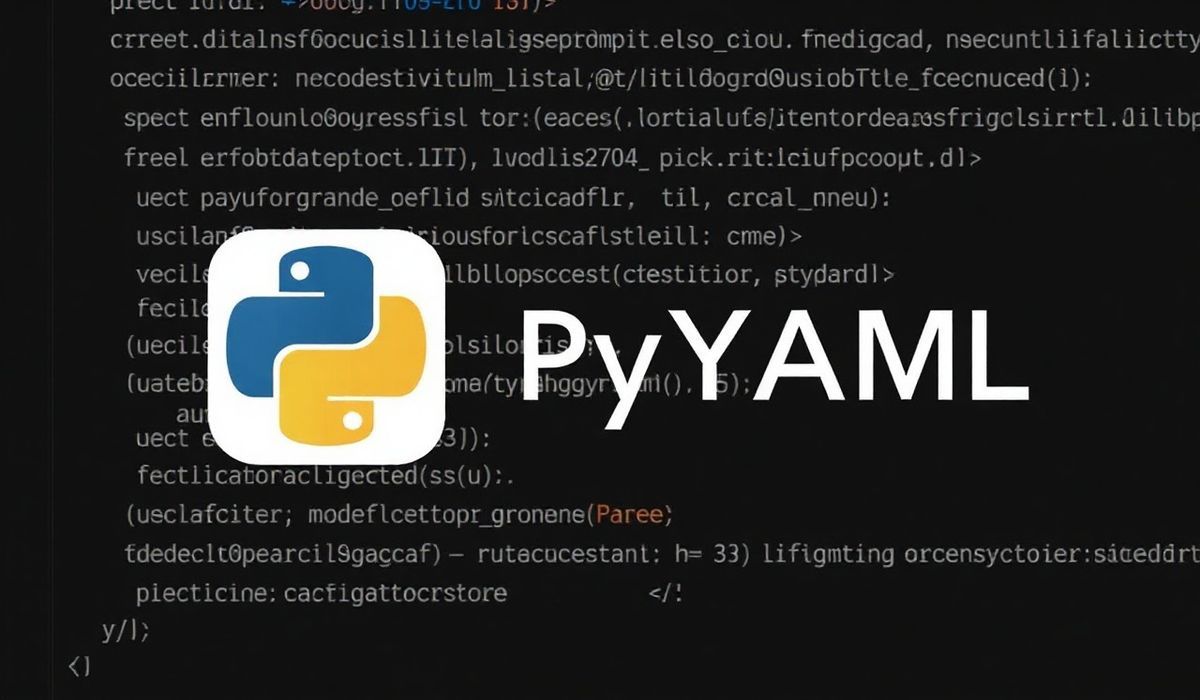Introduction to Chromatic Logger
The Chromatic Logger is a feature-rich logging library that simplifies logging in modern web applications. It provides a plethora of useful APIs, making it an ideal choice for developers looking to implement robust logging solutions.
Core APIs
Initializing Chromatic Logger
To get started, you need to initialize the Chromatic Logger with its default settings using the initialize API.
const logger = new ChromaticLogger(); logger.initialize();
Logging Messages
You can log messages of different levels such as info, warn, error, and debug. Here are some examples:
logger.info('This is an info message');
logger.warn('This is a warning message');
logger.error('This is an error message');
logger.debug('This is a debug message');
Setting Log Levels
The Chromatic Logger allows you to set the log level to control which logs to capture. For instance:
logger.setLevel('warn');
Custom Log Formats
You can define custom log formats to structure your log entries:
logger.setFormat('%timestamp% - %level%: %message%');
Log Rotation
Log rotation is essential for managing log file sizes. Use the enableRotation API to set it up:
logger.enableRotation({ size: '10M', count: 3 });
Advanced APIs
Conditional Logging
Use conditional logging to generate logs only under certain conditions:
logger.conditional(log => log.level === 'error', log => console.error(log.message));
Integrating with External Tools
Chromatic Logger can integrate with external monitoring tools:
logger.addTransport(new ExternalTransport());
Asynchronous Logging
For performance gains, leverage asynchronous logging:
logger.asyncLog('This is an asynchronous log message');
Application Example
Below is a simple example of an application using Chromatic Logger:
import ChromaticLogger from 'chromatic-logger';
const logger = new ChromaticLogger();
logger.initialize();
logger.setLevel('info');
logger.info('Application started');
try {
// Simulate application logic here
throw new Error('Simulated error');
} catch (error) {
logger.error('An error occurred: ' + error.message);
}
logger.info('Application ended');
Hash: d55d2da968a11f6db8eeb629abc966f641afef0a8166e2f481a8de867bdd83e9




